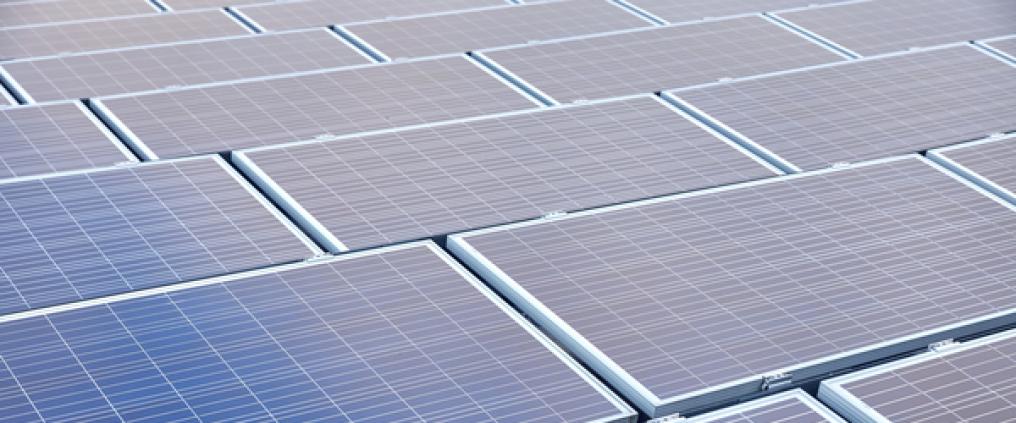“Right from the start, we indicated that bids for construction projects should include as many innovations as possible to reduce energy consumption. It is important to us that our responsibilities towards our customers, Finnish society and the environment are reflected in every aspect of the development programme,” says Henri Hansson, Senior Vice President, Airport Infrastructure, Sustainability, Safety, Security & Compliance at Finavia.
Finavia’s goal is to achieve net zero carbon emissions, which means that no carbon emissions will be generated from its operations.
“Our goals are ambitious. The terminal is designed so as to make its energy consumption substantially lower than the normal building regulations.”
Renewable energy from solar panels
Finavia has invested particularly in renewable energy at Helsinki Airport. Solar panels have been installed on the roofs of the terminals and on the walls of the parking building. Their combined solar power production capacity is approximately 660 kWp (the energy produced by the panels under standard conditions).
“We use the solar power that we produce for purposes such as the ventilation and lighting of the terminal buildings. Electricity produced by the solar panels installed on the parking building is used for the charging stations for electric cars.
A unique opportunity for a technological leap
In connection with the terminal extension, energy consumption has also been reduced by installing new windowpanes that reflect the sun’s radiation outward. They help keep the terminal’s indoor temperature comfortable in sunny weather, which reduces the need for mechanical cooling.
“New construction is a unique opportunity for innovation and major leaps forward in technology. If these types of changes were made afterwards, the threshold would be much higher,” Hansson concludes.



